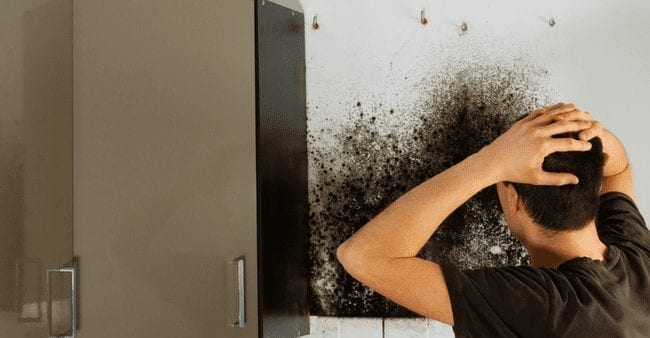Exactly how to Discover and Fixing Water Leaks-- A Comprehensive Overview
Exactly how to Discover and Fixing Water Leaks-- A Comprehensive Overview
Blog Article
Just how do you really feel about Top leak detection hacks?

Early discovery of dripping water lines can mitigate a prospective disaster. Some small water leakages may not be visible.
1. Take A Look At the Water Meter
Inspecting it is a guaranteed way that helps you uncover leakages. If it moves, that indicates a fast-moving leakage. This indicates you may have a slow leakage that might even be below ground.
2. Inspect Water Consumption
Analyze your water expenses and track your water intake. As the one paying it, you ought to notice if there are any kind of inconsistencies. If you spot sudden changes, in spite of your consumption coinciding, it means that you have leakages in your plumbing system. Remember, your water expense need to fall under the very same range on a monthly basis. A sudden spike in your expense shows a fast-moving leak.
On the other hand, a constant boost each month, even with the very same behaviors, shows you have a sluggish leak that's also slowly rising. Call a plumber to extensively inspect your home, specifically if you feel a warm location on your flooring with piping beneath.
3. Do a Food Coloring Test
30% comes from bathrooms when it comes to water consumption. Examination to see if they are running appropriately. Decrease specks of food shade in the tank and also wait 10 minutes. If the color in some way infiltrates your bowl throughout that time without flushing, there's a leak in between the tank and also bowl.
4. Asses Exterior Lines
Don't neglect to inspect your outdoor water lines also. Must water seep out of the link, you have a loose rubber gasket. One little leak can waste heaps of water and increase your water expense.
5. Evaluate as well as Examine the Circumstance
House owners need to make it a habit to inspect under the sink counters as well as also inside closets for any kind of bad odor or mold and mildew development. These two red flags suggest a leakage so punctual focus is called for. Doing regular evaluations, even bi-annually, can save you from a significant issue.
Inspect for stainings and damaging as many devices and pipelines have a life expectations. If you think dripping water lines in your plumbing system, do not wait for it to escalate.
Early detection of dripping water lines can minimize a potential disaster. Some small water leakages might not be noticeable. Checking it is a surefire method that assists you find leakages. One little leakage can throw away tons of water and spike your water expense.
If you think leaking water lines in your plumbing system, don't wait for it to escalate.
How to Know If Your Home Has a Hidden Leak
Water Meter Reveals Inexplicable Water Usage
If you’d like to test whether or not there’s a leak somewhere in your home, you can do this using your water meter. Here is how to conduct the test:
Don’t use any water in your home for at least 30 minutes; this also means not turning on faucets or water-using appliances.
Go outside, and check your water meter for activity.
If your water meter shows that there was activity, even though no one was using any water, this proves that there is a leak in your home.Visible Mold or Mildew Growth
Leaks behind walls create moist, dark environments that allow mold and mildew to grow and thrive. Eventually, you might see mold growth forming on the wall closest to a hidden leak.
If mold is growing in an area that receives a high amount of moisture, such as a bathroom, it may simply be an indication that better ventilation is needed. However, if you see mold growth on a wall or the ceiling in an area where you would not expect, you probably have a hidden leak.
Musty, Mildew Odor
Sometimes you might not be able to see the mold or mildew that is growing as a result of a leak. However, the smell can give the problem away just as easily. If you catch a whiff of something musty, there’s a good chance that old water is collecting somewhere in your home that you can’t see.
Stained/Warped Walls, Ceilings, or Floors
When your home soaks up water, a variety of red flags can become visible, including ceiling stains, bubbling drywall, warped walls, and sagging floors. While these issues can be caused by excess humidity, they can also be signs that a pipe or plumbing connection has started leaking behind your walls.
Inexplicably High Water Bill
After a while, you get a general sense for what your water bill should be. If you own a pool or sprinkler system, your bill will tend to be higher during summer. However, if you receive a water bill that seems especially high, and you can’t figure out what caused it, then you may have a hidden leak somewhere that’s increasing your bill.
https://www.plumbingjoint.com/blog/2019/july/how-to-know-if-your-home-has-a-hidden-leak/

As a fervent person who reads on Leaking water lines, I figured sharing that information was worth the trouble. Sharing is nice. You just don't know, you may just be doing someone a favor. Thank you so much for going through it.
Report this page